Everyone who has the basic understanding of what is Moore’s law are well aware that the rate of density of transistor that we use in our day-to-day routine will increase double the rate by the end of every year. With the prospects of Nanotechnologies at our hand, the sizes of electrically operated circuitries have started to go down. This is what we call as Nanoelectronics.
At the fundamental level, Nanotechnology is nothing but engineering and concept indulged in the drafting, fabrication, classification, and deployment of equipments as well as materials under the size in the scale of nano-meters (10-9m). This every tech of nano size utilization has got the attention of several researchers around the globe, thereby many funding organizations across the globe started funding projects based on such techs.
Nanotechnology being a multi-disciplinary tech, it often needs skillsets and expertise from numerous of different disciplines like mechanical engineering, electrical engineering, Physics, Biology, Computer Science, Chemistry, etc. When the tech of Nano size is applied onto the electricals, it is known as the Nanoelectronics being the merger of both the techs of Nano and VLSI- Very Large-Scale Integration.
Using this Nanoelectronics, the ECE course pursuing students could easily do a lot of projects, however, they will have to know a few requisites, which will be discussed along with the top 5 nano technology projects using VLSI. The curated the top 5 nano technology projects using VLSI, which will help the students to know skillsets and expertise needed to execute their projects successfully without any hurtles for getting any corresponding grade points in their degree program.
The Top 5 Nano Technology Projects using VLSI that any ECE course pursuing students need to know for mastering relevant skillsets
1. Carbon Nanotube Field Effect Transistor (CNTFET) and Resistive Random Access Memory (RRAM) Based Ternary Combinational Logic Circuits
The development of MVL- Multiple Valued Logic was able to contribute towards raised density of storage that was much better than the prospects served by earlier binary circuitries. Therefore, various configurations of design are needed to be developed.
For serving these design configuration requirements, the conceptions of both the RRAM- Resistive Random Access Memory as well as the CNTFETs- Carbon Nanotube Field Effect Transistors could be used for empowering the storage of multi-resistance levels.
The ECE course pursuing students those who are doing projects on the genre of Nano Tech alongside the prospects of VLSI- Very Large-Scale Integration need to well verse certain skillsets, namely, Nanoelectronics, Microelectronics, techs of Nano particles, RAM, understanding of basic types of circuitries, transistor logics, quantum computing, spintronics, Nanotubes, synthesizing of circuitries constituents, CMOS- Complementary Metal-Oxide Semiconductor, etc.
2. A Cost-Efficient QCA XOR-XNOR Topology for Nanotechnology Applications
With the utilization of QCA- Quantum-dot Cellular Automata, better amplification, speed, consumption of power, and dimension could be achieved by surpassing the capabilities of CMOS.
By developing the QCA into QCA XOR, a better cost cutting down topology could be established for facilitating the design of any circuitries to favor the applications relying on the technology of Nano-scale.
The ECE course pursuing students those who are doing projects on the genre of Nano Tech alongside the prospects of VLSI need to well verse certain skillsets, namely, Nanoelectronics, Microelectronics, techs of Nano particles and its wide spread applications, understanding of basic types of circuitries, transistor logics, quantum computing, spintronics, QCA, synthesizing of circuitries constituents, CMOS, etc.
3. Low-Power Multiplexer Structures Targeting Efficient QCA Nanotechnology Circuit Designs
Achieving better and required performances in several circuitries has become possible with the advent of the tech of QCA. With this very tech of QCA, the effectiveness in means of parameters like switching frequency, integration density, and energy are able to be readily achieved.
One such design configuration available to design QCA is MUX- Multiplexer. 2 unique kinds of these MUXs could be devised for facilitating the QCA circuitry design that could aid to give rise to reduced consumption of power.
The ECE course pursuing students those who are doing projects on the genre of Nano Tech alongside the prospects of VLSI need to well verse certain skillsets, namely, Nanoelectronics, Microelectronics, techs of Nano particles, energy saving schemas, understanding of basic types of circuitries, transistor logics, QCA, quantum computing, spintronics, MUX, synthesizing of circuitries constituents, CMOS, etc.
4. Low-Power Noise-Immune Nanoscale Circuit Design using Coding-Based Partial MRF Method
Wherever the logic circuitries are to be operated under the condition of considerably reduced power, these circuitries are prone to many challenges, for instance, the noise could get prevailed.
For the sake of developing and achieving noise resistant considerably reduced power operating logic circuitries, the concept of CMRF- Coding dependent Markov Random Field could be used.
The ECE course pursuing students those who are doing projects on the genre of Nano Tech alongside the prospects of VLSI need to well verse certain skillsets, namely, Nanoelectronics, Microelectronics, techs of Nano particles, understanding of basic types of circuitries, transistor logics, quantum computing, spintronics, synthesizing of circuitries constituents, noise handling, Markov Random Field, CMOS, etc.
5. Glitch Free Combinational Clock Gating Approach in Nanometer VLSI Circuits
As the requirement of battery powered compact gadgets are keep on increasing, many researchers have started researching and developing the current available designs of circuitries operating on reduced power.
The major factors contributing to power utilization are nothing but raised switching routine and clock distribution network. These factors could be administered properly by utilizing the conception of combinational clock gating that helps to cut down the rate of power utilization (with nil glitch) from the context of any battery powered compact gadgets.
The ECE course pursuing students those who are doing projects on the genre of Nano Tech alongside the prospects of VLSI need to well verse certain skillsets, namely, Nanoelectronics, Microelectronics, techs of Nano particles, understanding of basic types of circuitries, glitches, switching, transistor logics, clock gating, quantum computing, spintronics, synthesizing of circuitries constituents, distribution network, CMOS, etc.

 Design and Analysis of Multi-Protocol Conversion Unit for SPI, I2C and UART
Design and Analysis of Multi-Protocol Conversion Unit for SPI, I2C and UART 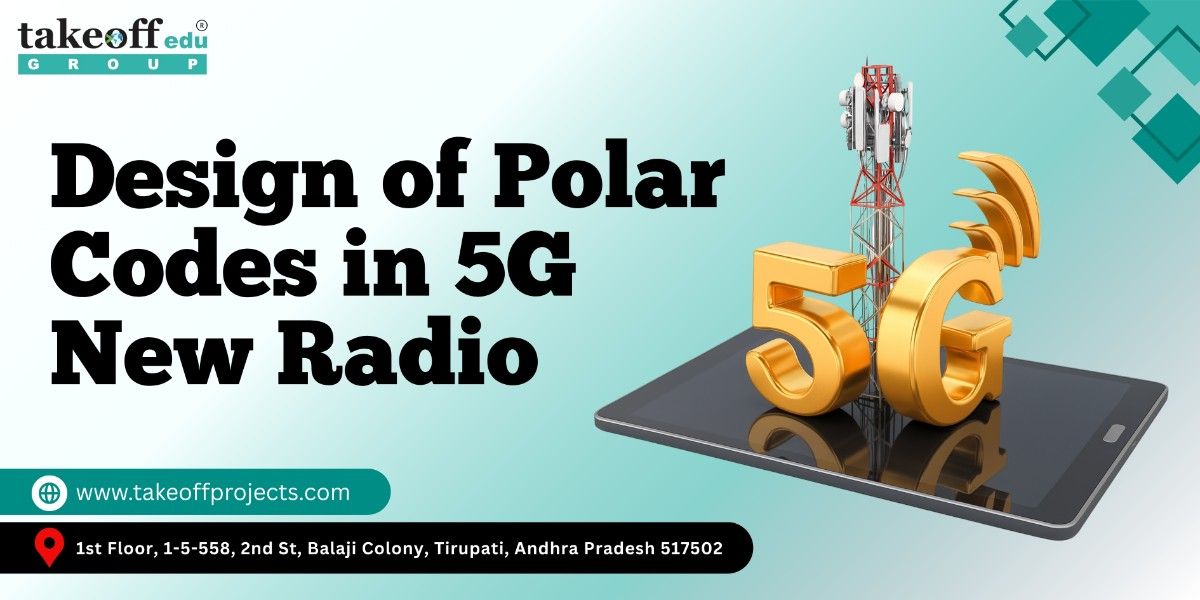 Design of Polar Codes in 5G New Radio
Design of Polar Codes in 5G New Radio 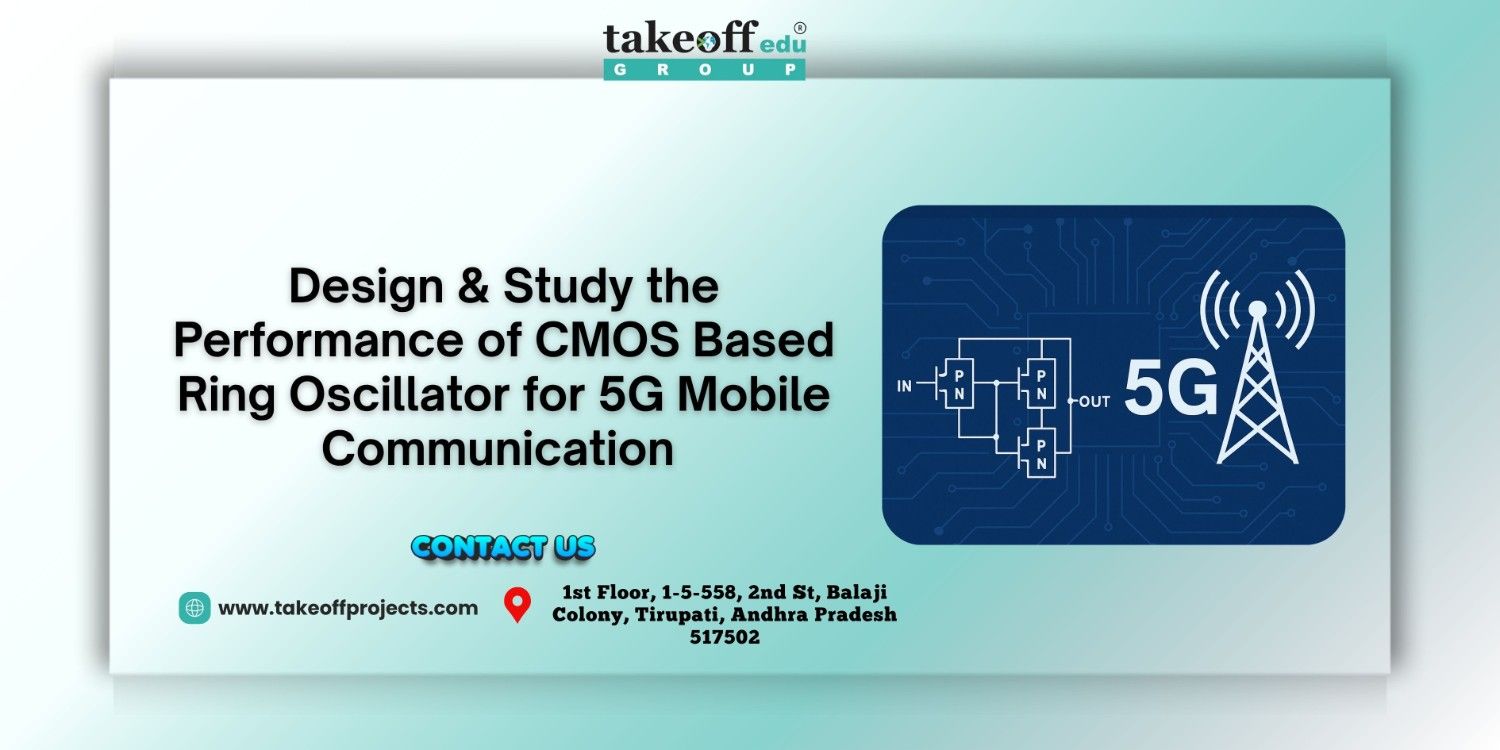 Design & Study the Performance of CMOS Based Ring Oscillator for 5G Mobile Communication
Design & Study the Performance of CMOS Based Ring Oscillator for 5G Mobile Communication 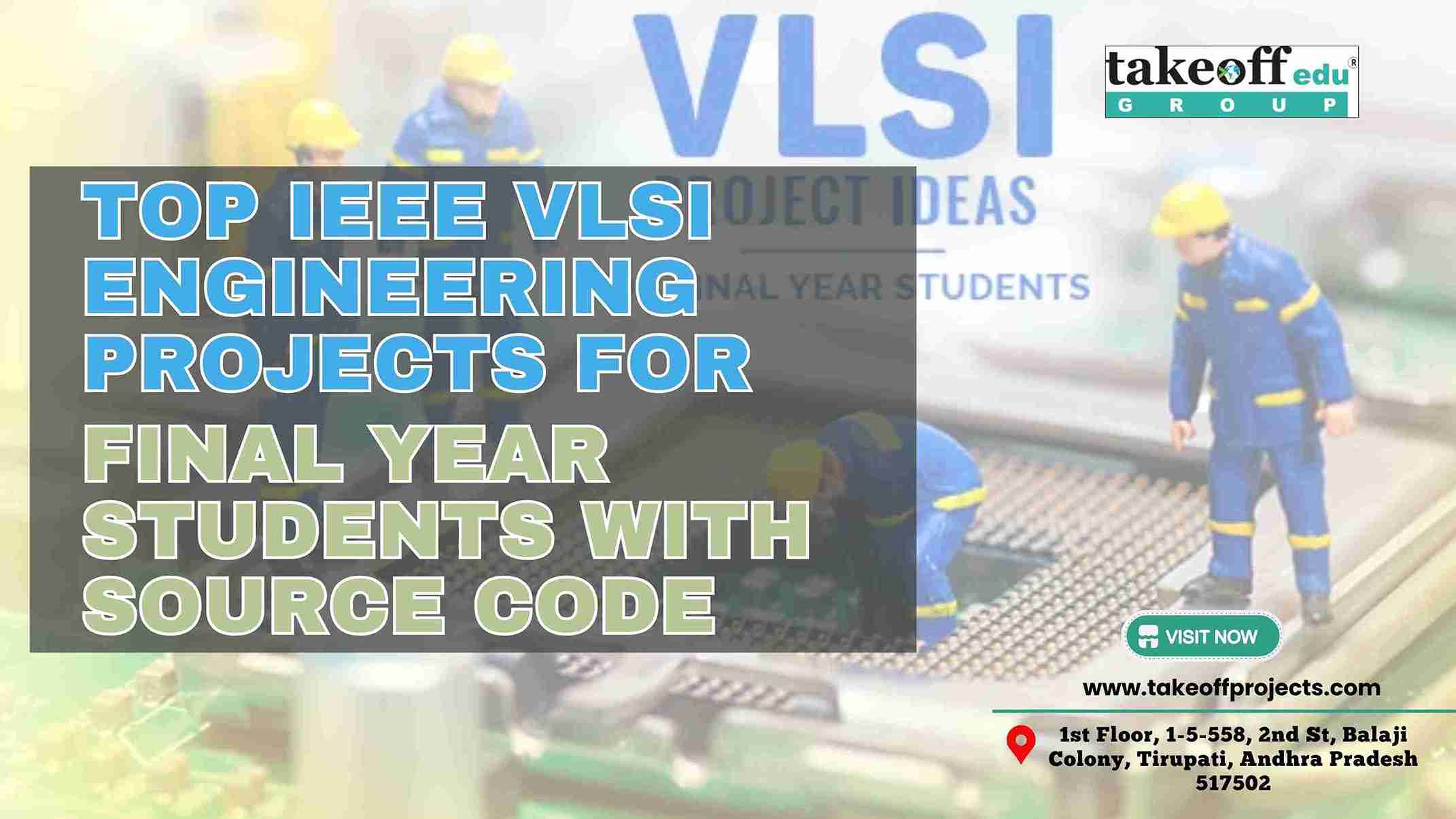 Top IEEE VLSI Engineering Projects For Final Year Students with Source Code
Top IEEE VLSI Engineering Projects For Final Year Students with Source Code 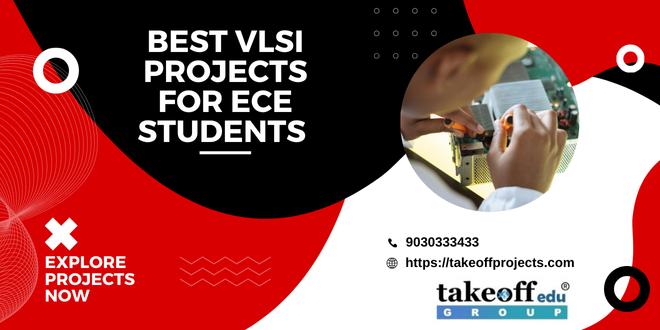 Best VLSI Projects for ECE Students
Best VLSI Projects for ECE Students  Top 7 Transistor Logic Projects for Engineering
Top 7 Transistor Logic Projects for Engineering 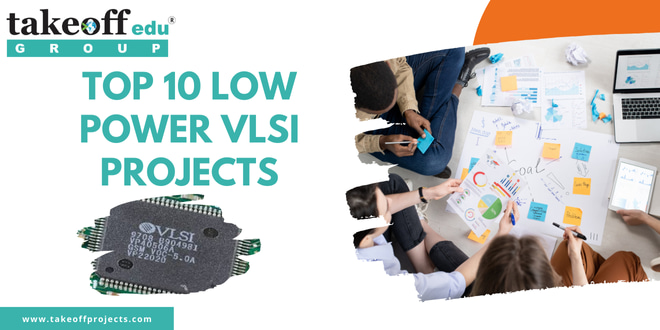 Top 10 Low Power VLSI Projects
Top 10 Low Power VLSI Projects  Top 6 Communications Projects for Students
Top 6 Communications Projects for Students  Top 7 Projects on DSP Core
Top 7 Projects on DSP Core  Top 5 Projects on Arithmetic Core
Top 5 Projects on Arithmetic Core 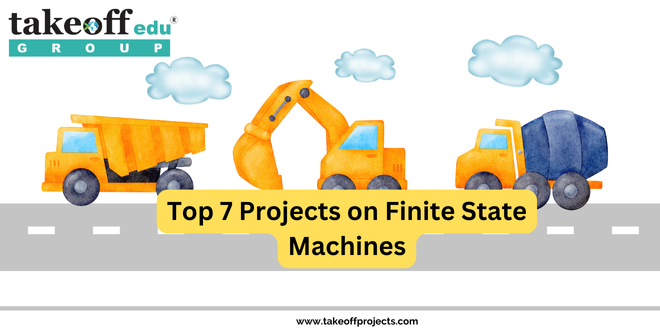 Top 7 Projects on Finite State Machines
Top 7 Projects on Finite State Machines 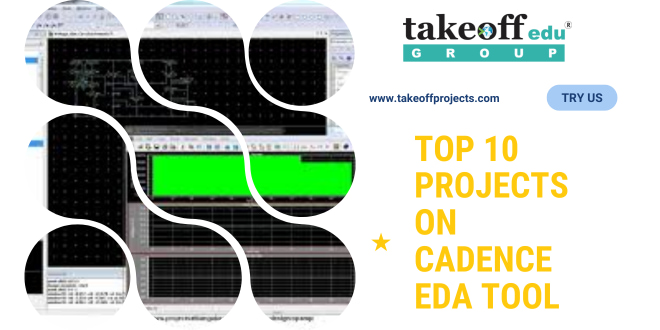 Top 10 Projects on Cadence EDA Tool
Top 10 Projects on Cadence EDA Tool 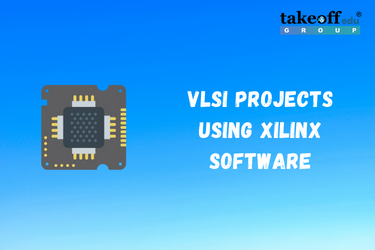 FPGA Final Year Projects for Electronics Students
FPGA Final Year Projects for Electronics Students 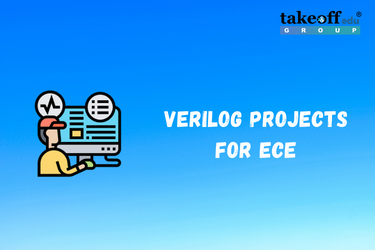 Verilog Projects for ECE
Verilog Projects for ECE 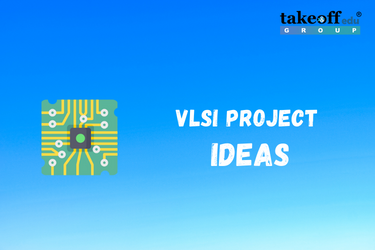 VLSI Project Ideas for Engineering
VLSI Project Ideas for Engineering 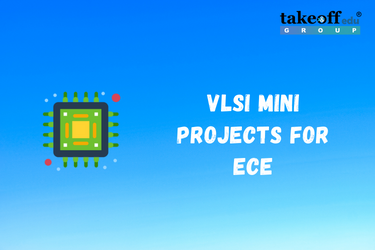 VLSI Mini Projects for ECE Department Students
VLSI Mini Projects for ECE Department Students 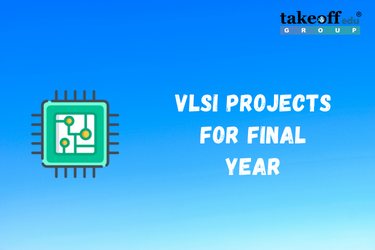 VLSI Projects for Final Year
VLSI Projects for Final Year 
 Paper Publishing
Paper Publishing


